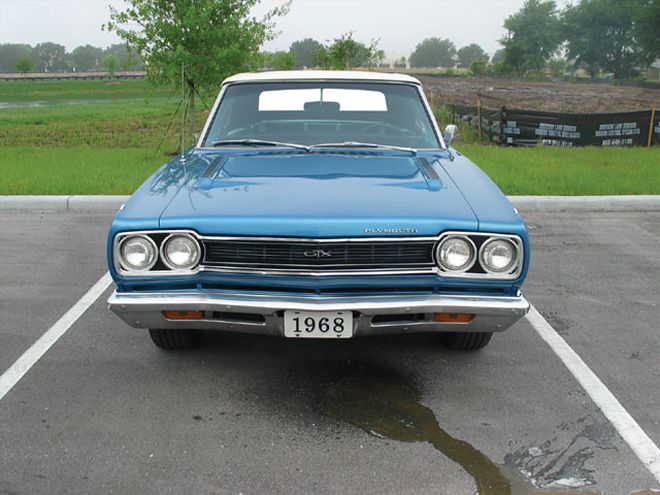

A common misconception among car guys is when it comes to the steering in an old Mopar there are basically three types: manual steering, power steering with the belt cut, or power steering that leaks. It doesn't have to be this way. While some power steering leaks may require major gearbox surgery, most can be resolved by simply resealing the pump using parts that are more accessible than you think.
We all know why we don't want our car to leak fluid. Nothing is more embarrassing than leaving puddles in your buddy's driveway, or, even worse, driving into your local cruise or car show, only to have someone point out, "hey, you're leaking fluid." Fluid leaks are not only embarrassing, but also bad for the environment and can damage the finish of your paint and chrome. The fluid tends to migrate toward the rear of your car, getting caught in the air stream and sticking to your bumper and valance, attracting dust and other contaminants like a magnet. And if you want a free ticket onto the trailer at the drag strip, just show up at the staging lanes with fluid leaking from your car.
The question is, how do we stop leaks? Well, the fix for your power steering pump is as close as your local auto parts store and a couple hours in the garage. The power steering pump is often overlooked as a source of leaks, but it is common for pumps with many miles to seep (or gush) fluid. Usually the seepage is minor, and the fluid level is topped off occasionally, but over time this seepage can detract from an otherwise clean engine bay. The correct way to fix this problem is not to cut the belt, but to reseal the pump. We'll show you how.
Virtually all Chrysler passenger cars came with either a Saginaw or a Federal Thompson power steering pump. Our pump is from a '68 Satellite with the more common Federal-style pump. If you're not sure of your style of pump, look for the high-pressure (threaded) outlet on the pump. Saginaw pumps have the pressure port located on the lower rear of the pump body, while the pressure port is located on the left side of the Federal pump. Rebuild kits for either pump should be available at your local parts supplier. They may not stock the kit, so order it in advance. When ordering our pump rebuild kit, we simply gave them the year, make, model, and engine size, and had our seal kit the following day at a cost of about ten bucks.
This project only requires common hand tools with the exception of a gear/pulley remover to remove the pump pulley, snap-ring pliers to remove the flow control valve, and a press (or a brass hammer) if your pump has the press-on-style pulley. The exploded view in the instructions supplied with the kit is useful, but a shop manual for your vehicle may also be helpful.